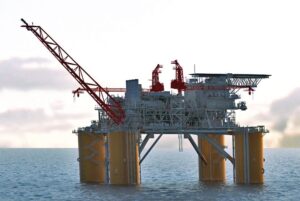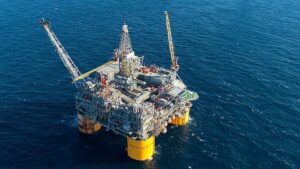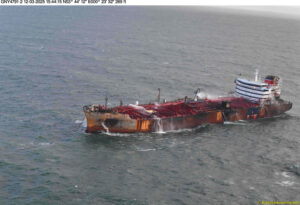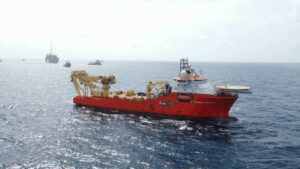Investigation of fatal Gulf of Mexico incident reveals probable causes
U.S. offshore safety regulator has released an investigation report on a fatal incident on the Fieldwood Energy-operated platform in the Gulf of Mexico, which occurred in May 2020, detailing its probable and contributing causes.
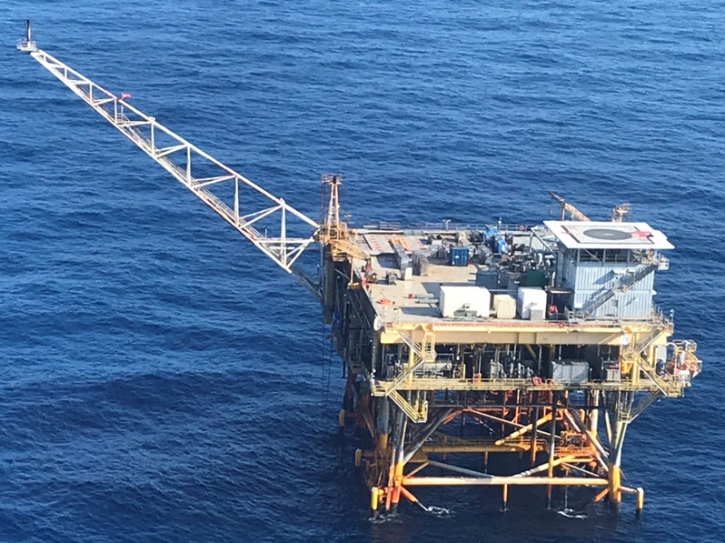

The Bureau of Safety and Environmental Enforcement (BSEE) on 10 January 2022 released the panel investigation report on the incident that occurred on Ewing Bank, Block 826, Platform “A”, operated by Fieldwood Energy. The incident resulted in a fatality on 16 May 2020, approximately 60 miles south of the Louisiana coast, in the Gulf of Mexico.
Related Article
The panel, which included BSEE subject matter experts, engineers, inspectors, and specialized investigators, conducted its investigation of the incident to determine the cause and contributing factors that led to the fatality of a Fluid Crane and Construction (FCC) crewmember contracted by Fieldwood.
The incident occurred while the crewmember was in the process of replacing grating on the casing deck of the platform when the section of grating parted while the crewmember was standing on it.

As detailed by the BSEE in the full report, the fire watch witnessed the victim partially fall through the grating and attempted to alert personnel on the casing deck, to no avail. The fire watch then left his post to alert all personnel on the platform about the incident via the GAI-Tronics intercom. However, by the time the fire watch made the announcement, the victim had fallen approximately 50 feet to the +10 deck.
After a thorough investigation and analysis of the incident, BSEE’s panel made several recommendations in the report to reduce the likelihood of similar events in the future.
Probable & contributing causes of Gulf of Mexico incident
Following the Gulf of Mexico incident, the panel, comprised of BSEE professionals, identified causes that may have contributed to the incident. The panel also identified recommendations to further promote safety, protect the environment, and conserve resources on the U.S. Outer Continental Shelf (OCS).
The panel identified several probable causes of the incident, including Fieldwood’s failure to maintain all walking surfaces on the facility in a safe condition; Fieldwood’s failure to ensure that FCC’s Safe Work Practices (SWPs) met or exceeded their own SWPs; supervisors failed to fulfil their intended responsibilities within the relevant, established SWPs; and personnel performing the job failed to adhere to the requirements of the Job Safety Analysis (JSA).
Contributing causes of the incident include the fact that the JSA process was not controlled; construction crew members followed the instructions of personnel who were not in a position of authority; complacency at the job site allowed for unnecessary risk exposure; the fire watch either did not have or did not use a personal communication radio to convey to the construction crew and other platform personnel that the victim was in danger in a timely manner.
The safety regulator also put together a list of key recommendations identified as a result of the investigative findings detailed within the report. Among other things, the BSEE recommended that all facility walking and working surfaces should be regularly inspected and maintained to ensure they are in a safe condition, responsibilities must be clearly assigned, supervisors should be trained, skilled, and knowledgeable in their assigned duties and responsibilities.



